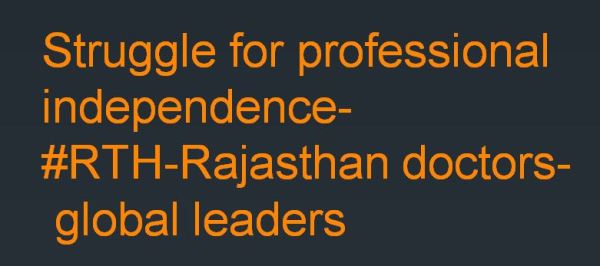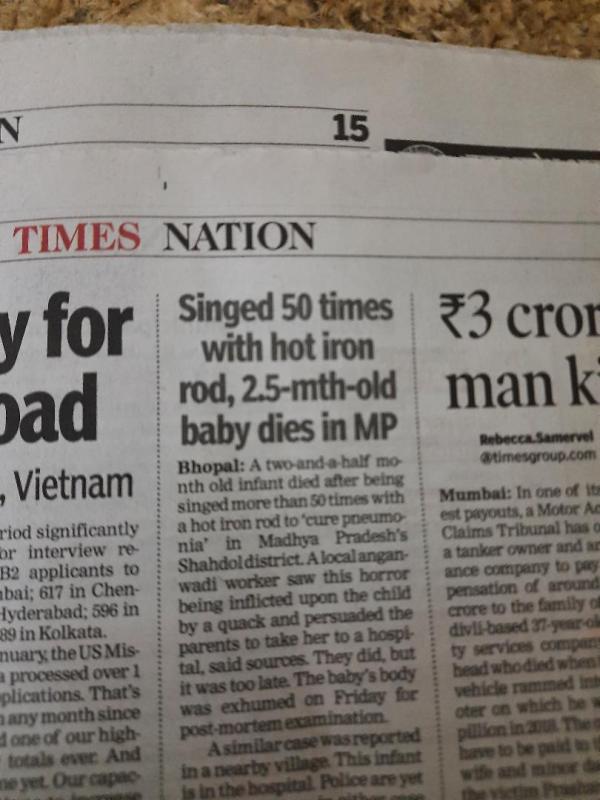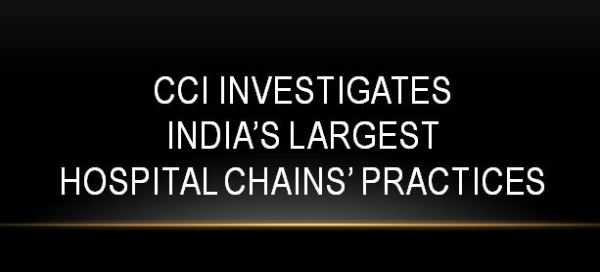Administrators’ wish to govern or regulate the medical profession cruelly is not new. Hammurabi 5000 years (King of Babylonia) ago had initiated to write the rules of the game. Although he was not even at the doorstep of medical science, but he promulgated some rules. It is difficult to say whether he was naive or brilliant enough to make it more mathematical. He fixed heavy prize for saving lives of rich people and used to cut the hands of physicians for death or untoward incident. But he was still wise enough to pay heavily if life was saved.
No one really knows how to regulate this difficult area, which encompasses life and death, deals with extremes of poverty and riches, mortality and morbidity, pain and relief , sadness and happiness, smiles and sorrows and uncountable emotions, intertwines with financial aspects. Most difficult part is amalgamation of intricacies of science with minds of patient and doctor’s skill in newly evolved milieu of financial complexities. Results are not encouraging for the medical profession.
With the evolution of medical science and medical care intertwined with medical business, braided changes in medical regulation is not an far off expectation. But reticulation of evolution to modern medicine and health care has not happened in isolation. Simultaneously there has been progressively complex emerging trends in medical business and changing patterns of health investments along with an era of corporate investments in health care has also ushered. Every one now wishes to live longer and dreams of better quality of life with support of progressive medical care. That kind of perception has given patients a hope in lieu of some money. With rich people willing to spend more, the insurance sector and investors putting money into health care, which was unthinkable few decades back in the past.
This reticulation of business and health care allowed health care to be controlled in some way by administrators and investors. These people actually controlling health care are away from the health providers, who treated the patients. The rulers are unaware of the limitation of medical science and the uncertainties and complexities of human body, so the regulation remains somewhat unfair to doctors.
Today the global system of medical regulation, is becoming somewhat similar, to those ancient codes in terms of punishment and revenge. Differential payment system for health care also resembles the Code of Hammurabi in some respects.
Fear factors on doctors and impact of present legal complexities is already at par with that of Hammurabi’s era. Aggrieved health care consumers may welcome a move toward harsh penalties in the name of justice and simply for revenge, but the law has failed to keep in mind the poor outcomes in complex diseases, limitation of science and of course the idiosyncrasies of the human body.
In such unfavourable and hostile circumstances, opting for a medical career is like getting into a trouble zone and getting entrapped into a system of exploitation and may be a self-bought disaster. It looks like as an absurd thought and highly ill advised.
Doctors and nurses have been reduced to no more than moral and economical slaves either by industry or administrators, not infrequently pulled by legal bridle in their noses.
Doctors have been left with only two ways either to persist, fight or perish. Silently quitting their beloved profession is going on for some time all over the world. Even in developed countries, there has been a fading enthusiasm to be a doctor
Increasing cruelty and unreasonable regulation is leading to doctors’ revolt. For example #NO-TO-RTH-AGITATION is a movement, the result of failure of Government to create public health system, but it has potential to fail the existing private doctors’ system as well. Smaller hospitals are already on verge of closure, will be forced to shut down.
It is a cry for survival for the doctors, if short-sighted bureaucracy can understand the real problem.
Slow or acute revolt is long due globally- no less than mutiny- a struggle for professional dignity.
Advantages-Disadvantage of being a doctor
25 factors- why health care is expensive
21 occupational risks to doctors and nurses
Covid paradox: salary cut for doctors other paid at home
Medical-Consumer protection Act- Pros and Cons
Expensive Medical College seat- Is it worth it?
NEET- Not so Neat- percentile system
The Myth of cost of spending on medical education needs to be made transparent.











